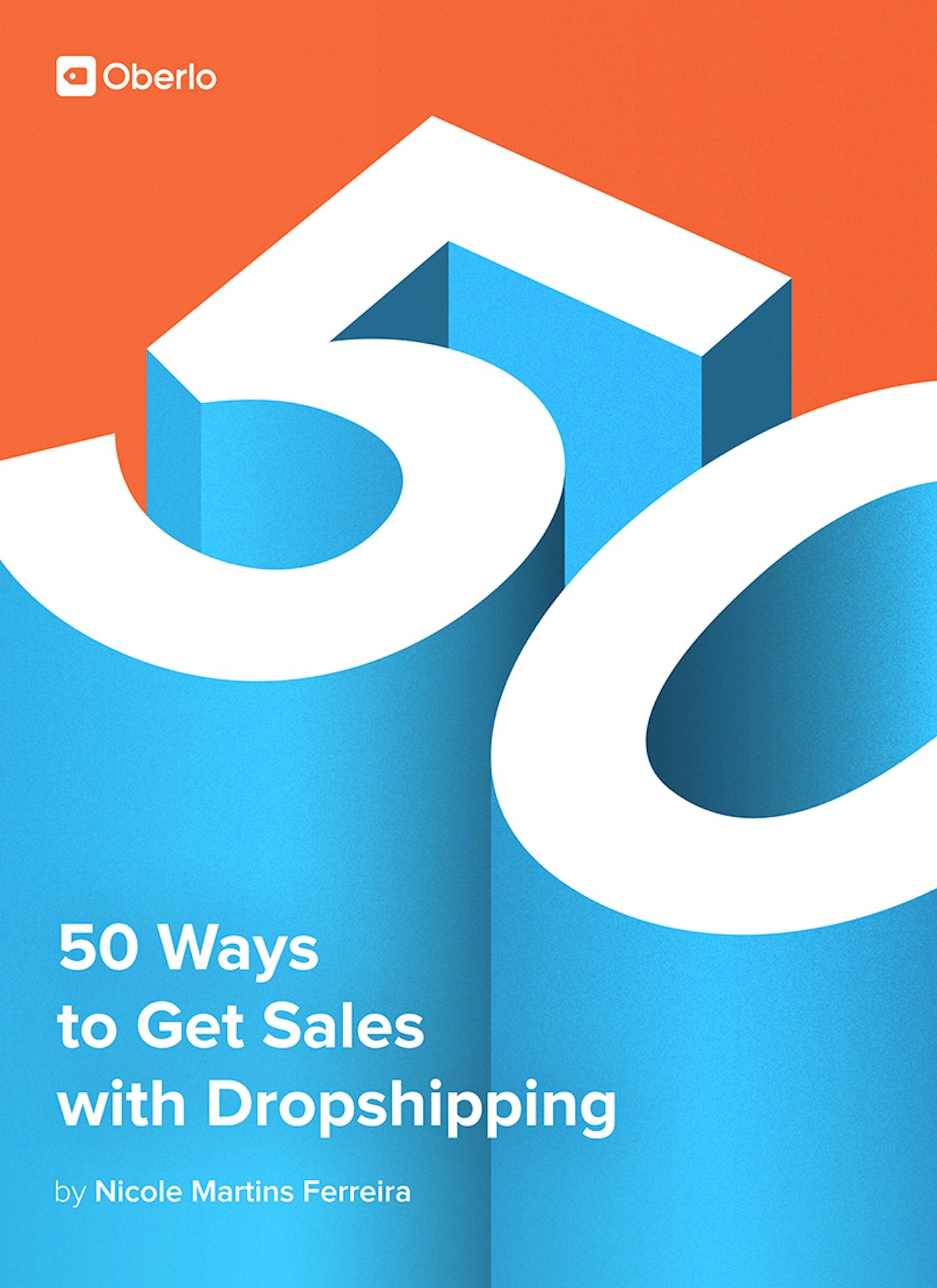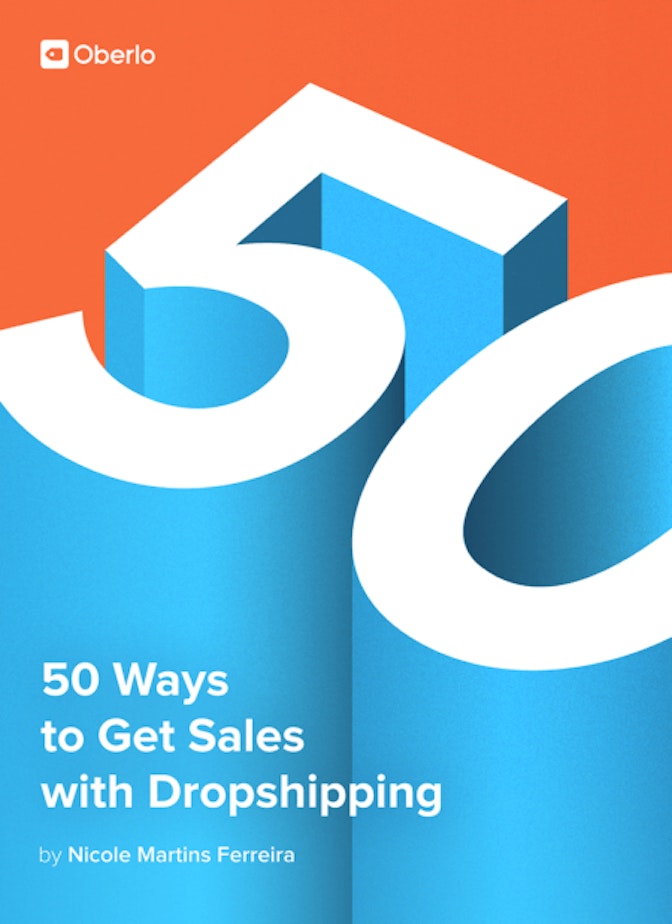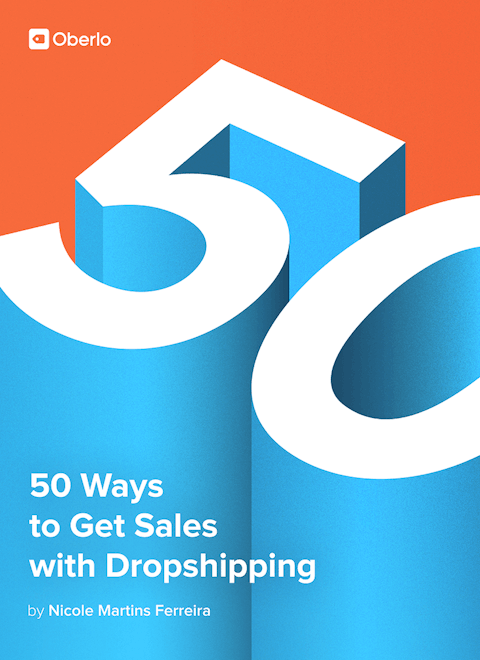Email marketing still continues to be a powerhouse. According to Econsultancy, approximately 75% of companies agree that email produces a good or excellent return on investment. Statista expects that the number of email users will continue to rise – to 2.9 billion – by 2019. Email marketing is a proven converter.
When you email customers with personalized offers you improve your odds of conversion. The cost of running email campaigns is lower than advertising which can make email marketing very profitable for your store.
Example: Adore Me has a great email marketing strategy. They’re an amazing example for creating email campaigns. From their subject lines to their email copy, every aspect of their email campaigns are carefully thought out. Past subject lines have included: “DROP EVERYTHING. Your customized picks are here” to “YOU’RE ON THE LIST.” Each email shares a similar format. Their emails mention free shipping, how much money you can make if you refer friends, a great limited time offer – usually 50% off, and links to their showroom, story, collections, and store.
To build their email list, when a customer first visits their website they’re asked to take a quiz to create a more personalized experience. Once customers have taken the quiz they’re automatically enrolled in their email subscription where you’ll regularly receive new offers. Since they have personalized details about the customer now, they can offer a better experience in their emails. For example, including their name in an email, showing products they’d like based on their tastes.
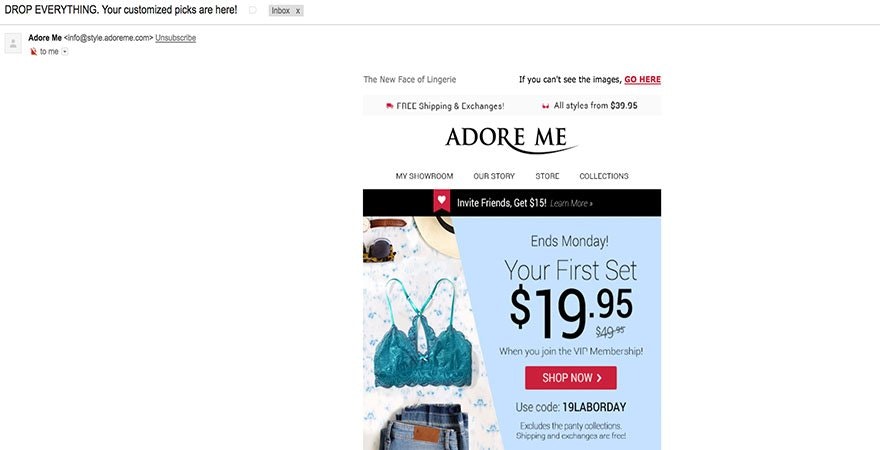
Email Marketing Tips:
Think critically of all the ecommerce emails you’ve ever received. Why did you open it? Why did you click through to the store? It could be an interesting blog topic that you wanted to learn more about. Or a product that looked really cool that you’re interested in buying. Test out different layouts to see which your customers prefer. Try an email with a few products listed, one focused on blog content, or a mix of products and content.
Be creative in how you build your email list. Funneling your customers through a quiz where they’ll receive a personalized recommendation may help build your list faster. You can also host a giveaway or a contest with a prize so enticing that it markets itself. Printables, ebooks or downloads can also help build your email list. Standard list building practices like welcome or exit intent pop-ups can also be helpful. You can also collaborate with other brands through joint webinars to grow your email list. In each email, you can ask your customers to refer a friend which could also help build your email list. By boosting the number of qualified emails your store has, you’ll be more likely to convert them into paying customers. But make sure you’re building the right list rather than just a big list.
Once you’ve built your list, you’ll want to create email subject lines that encourage opens and click throughs. Unbounce noticed that subject lines used flattery, were unexpected, used statistics, and were personalized tended to have the highest open rates surpassing industry standards.
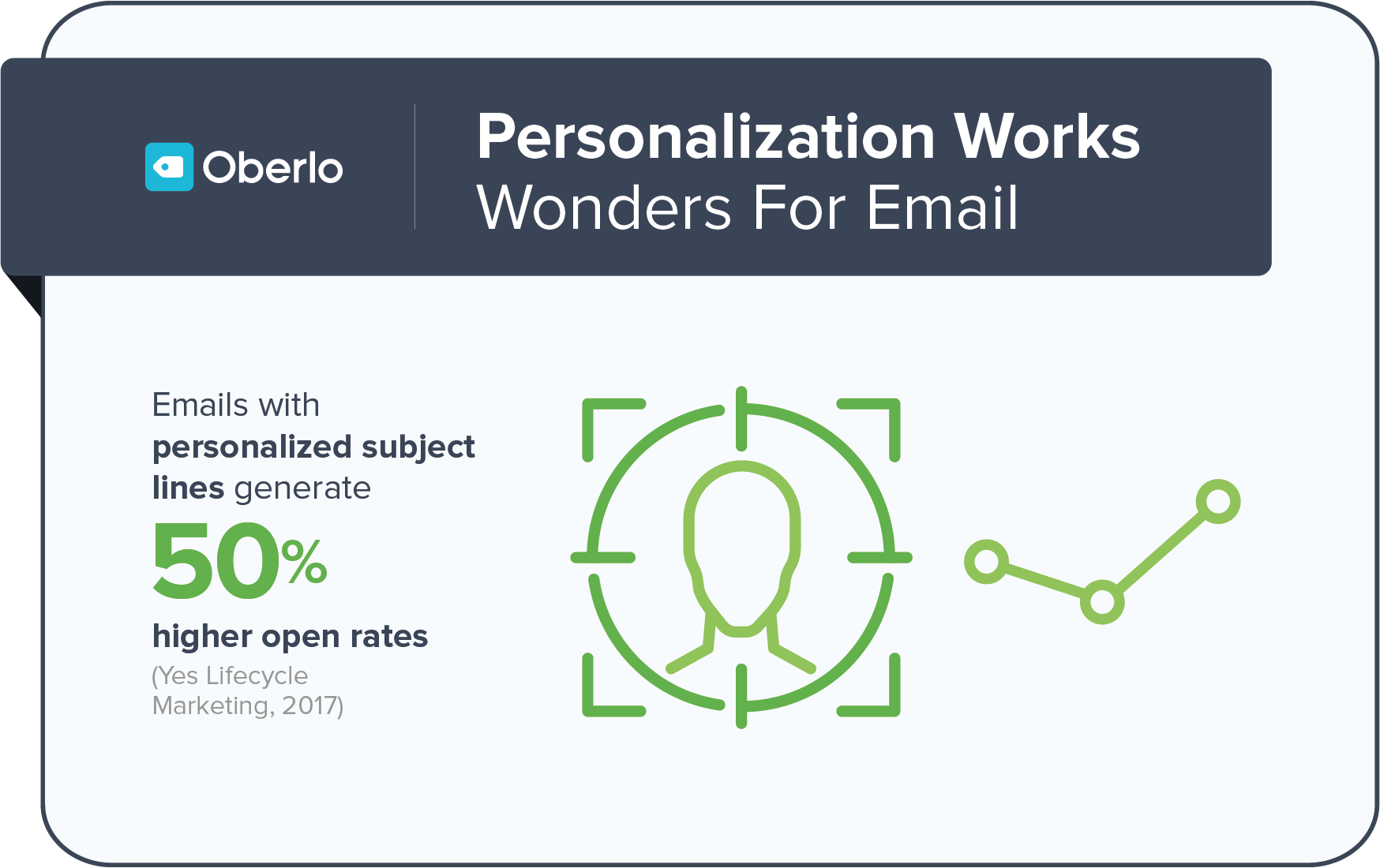
Segment your email list. Present different offers to different audiences. A loyal customer should receive a different email than someone who hasn’t opened your emails in a long time. Reward loyal customers with exclusive deals. Focus on re-engaging customers who haven’t opened in a while. You’ll might want to segment your list based on their purchase behavior, demographics, the offer that landed them onto the list, their location, and more.
Email your customers. If your customers have opted-in to receive more marketing information from your brand, email them! Let them know when you’ve added new products, have a sale or share content they’d love. It’s easier to retain your customer by email than to try to get new email sign-ups to buy. You’d be surprised at how many people have email lists and fail to send emails.
Add social sharing buttons or a ‘Email to a friend’ link to your emails. There may be customers who may want to share a promotion with their friend, partner or family member who’s looking for what you’re selling. Adding these types of buttons makes it easier for a customer to share with someone while helping increase your brand’s exposure.
Collect emails with a pop-up. Pop-ups can be annoying for some users so presenting them with the right offer can help increase the likelihood that they’ll opt-into your list. You can use an exit intent pop-up like Wheelio which allows customers to spin to win a discount after entering their email address. The tool can also help lower abandoned carts.
When presenting your offer to your customers make sure it’s compelling. For example, exclusive discounts for email sign-ups, first access to new products, or a free product guide can be enticing for a customer. Avoid using language like ‘free email updates’ because let’s be honest all company updates are free. And it doesn’t appeal to a shopper as well as a discount or product related offer would.
Optimize your store for opt-ins. Having a pop-up when a customer enters or is about to leave your store can help boost email opt-ins. According to Sumo, welcome mats and list builder opt-in forms convert at 2.6% or higher. You might also want to include an opt-in form in your blog content or have a scrolling opt-in on your blog. Having a downloads page where you include downloadable content requiring email opt-in could also be helpful. For example, if you sell phone cases your downloadable content could be screensaver designs.
Email Marketing Tools:
Soundest allows you to send 2,000 emails to your customer base each day for free up to 15,000 a month. This is a great email marketing tool for new store owners who still have a small list and are on a strict budget. You can create campaign booster, abandoned cart and welcome emails to increase your store’s sales and build your relationship with your customers. You can create email campaigns simply by clicking products on your store. It also allows you to create email split tests.
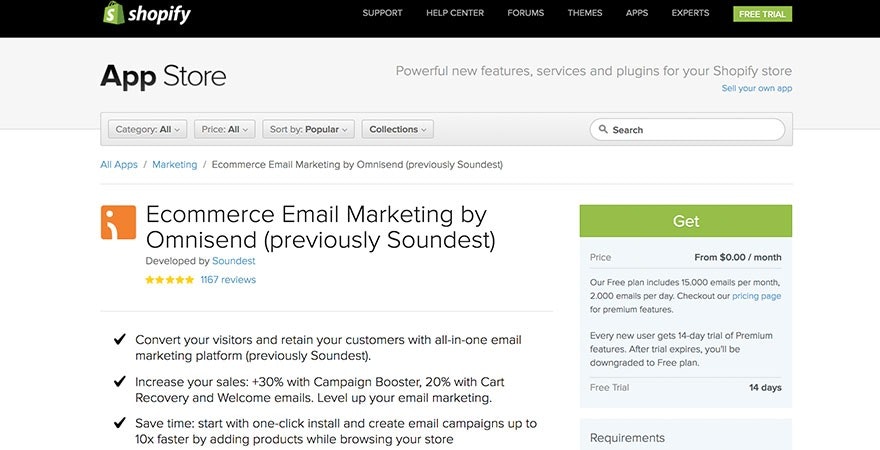
Wheelio is a great example of an exit-intent email opt-in form. It entices customers to opt-in by gamifying getting discounts by making it a fun experience for customers. After a customer enters their email, they can spin to win a discount. For my online store, I’m able to easily track under Shopify’s discount section how often people use the discount. It has also built our email list so we can continue to market to that customer in the event that they decide not to use the discount.
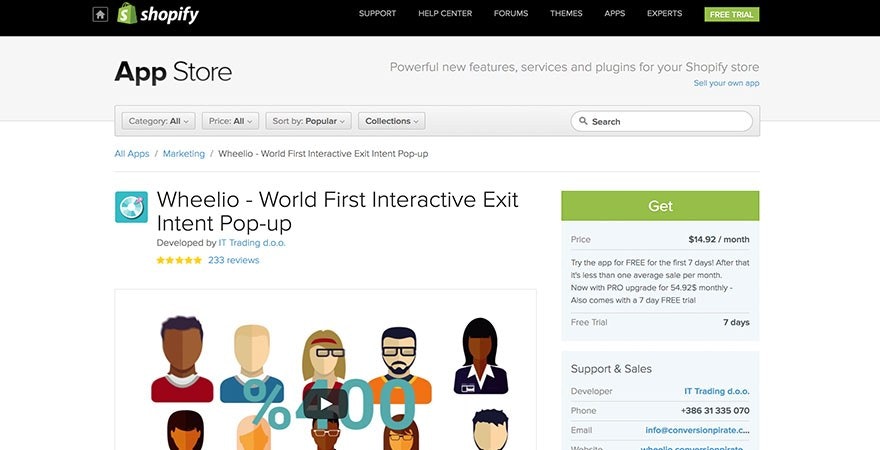
When it comes to email marketing tools for opt-ins, you could install Privy on your Shopify store. The app helps capture customer emails with exit intent popups, bars, banners and more. The app integrates seamlessly with your email provider to ensure no email gets lost along the way. Privy also includes targeting features such as device, shopping cart behavior and country so that you can deliver your customers a personalized email.
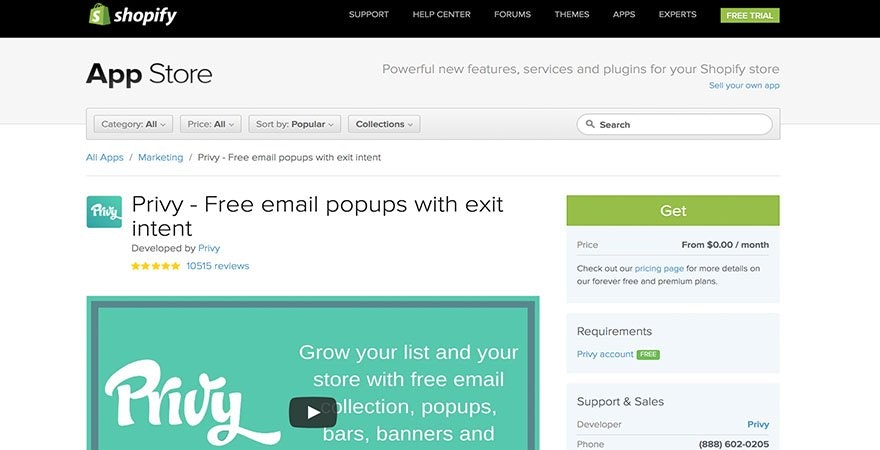
Better Coupon Box allows you to offer a coupon to customers via popup if customers opt-in via email and follow your brand on social media. Once customers follow the steps, the discount code appears allowing them to save money on their purchase. Those looking to build out their social media following, in addition to their email list, might choose to install this app instead of an exit intent pop-up. The ‘Get Discount’ button is directly on the product page making it visible for those who plan to purchase an item.
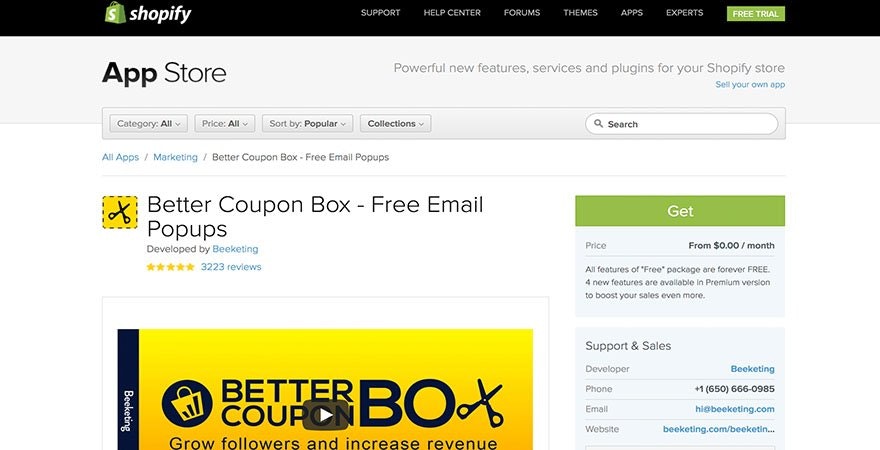
Email Resources:
Hubspot’s 15 of the Best Email Marketing Campaign Examples You’ve Ever Seen shows how different brands are retaining email subscribers with creative emails. While not strictly ecommerce focused, you’ll find interesting ideas on how you can position your email campaigns. For example, if you run a social commerce online store, you might want to check out the charity: water example.
Kissmetrics’ A Beginner’s Successful Guide to Email Marketing goes over all the tips and tricks you’ll need to know when building your first email campaign. From the importance of getting permission to segmentation, it’s a great read for those just starting out.
Buildfire’s 14 of the Best Email Marketing Examples that Work is another great piece of content that gives you practical examples to use as inspiration for your campaigns. It helps you visualize the possibilities of what you can do within the email marketing realm. Check out the Bonobos example if you run an online fashion store – it’s brilliant.
Email Marketing Best Practices From Email Experts:




